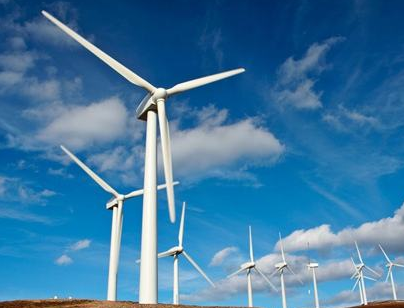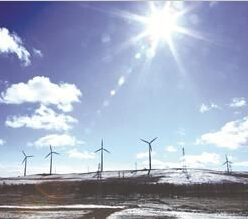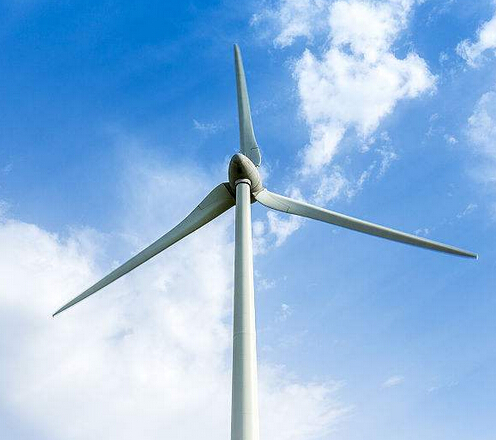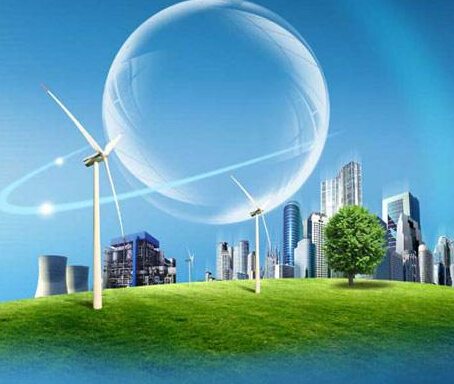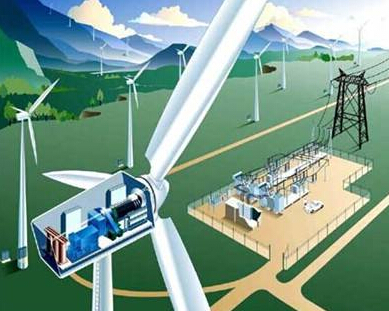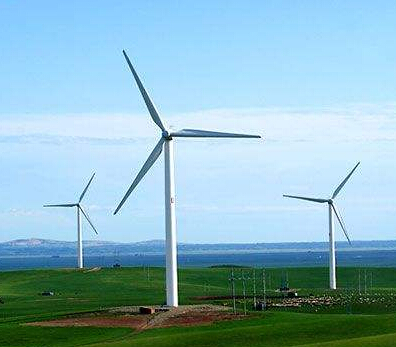In fact, as early as 7 years ago, the National Energy Administration issued the “Circular on Issuing Guidelines for the Development and Construction of Decentralized Access Wind Power Projects” and formally opened the door to the decentralized wind power market.
However, the decentralized wind power that was placed on "heavy expectations" has been "cold" since then. The installed capacity of the projects that have been put into operation is minimal, and they are mostly exploration-oriented. The efficiency and scale performance are not outstanding, and there are no universally applicable examples of individual success stories. Seeing the development of distributed photovoltaics, the decentralized wind power that accounts for only 1% of the total amount of wind power in the country is difficult to miss.

It is true that the decentralized wind power that was entangled in the puzzles of high development costs, poor economic performance, difficulty in connecting to the grid, and delays in power consumption has “had a big morning and caught a late set”
Fortunately, the loosening of this policy has enabled decentralized wind power to have a larger space for disbursement and installed capacity, as well as a flood of developers, entire aircraft operators, and social capital.
"The decentralization is the hope for the future of China's wind power. If it fails to do so, there will be no future for China's wind power," said a veteran industry insider.
How can the decentralized wind power that has been silent for a long time break the deadlock under the policy dividend? Will the decentralized wind power after the resumption of the road enter the "fast track" of development?
Break the system "glass door"
As the wind resource over 5.5 meters above ground in the non-power-restricted areas is almost completely destroyed, the development of wind power has shifted from a large-scale wind power base to a centralized scale development and decentralized development “walking on two legs”.
In order to achieve the “13th Five-Year Plan” target for the development of wind power in China in 2020, the wind power industry, which is in the bottleneck of development, has to stand up to the challenge. Compared with centralized wind power with increasingly saturated development, decentralized wind power with the nature of public power plants uses dispersed and insufficiently concentrated wind energy resources to tap the economic benefits of wind power development in the eastern and central regions and become an important factor in the sustainable development of the wind power industry. supplement.
According to statistics from the industry, in 2017, the newly-added domestic wind power capacity was 1.58 million kilowatts, and the newly-added wind power installed capacity was 15.03 million kilowatts, both of which have declined from previous years. At the same time, through technological innovation, low wind speed resources also have economic development value. According to the assessment of the National Meteorological Bureau, the wind energy resources with economic development value of over 5 m/s in the southeastern region have reached 1 billion kilowatts, and the decentralized wind power development volume has reached 350 million kilowatts, which can meet future development needs.
Compared with the “Circular on Accelerating the Deployment of Decentralized Access Wind Power Projects” issued by the National Energy Administration in 2017, the “Measures” expands the wind power grid-connected voltage level from 35KV and below to 110KV and below, relaxing the restrictions. It will greatly expand the scope of consumption and reduce grid constraints. Compared with the previous draft, the Measures will loosen the project scale from 20,000 kilowatts to 50,000 kilowatts, which will release more capacity.
















 RCCN WeChat QrCode
RCCN WeChat QrCode Mobile WebSite
Mobile WebSite